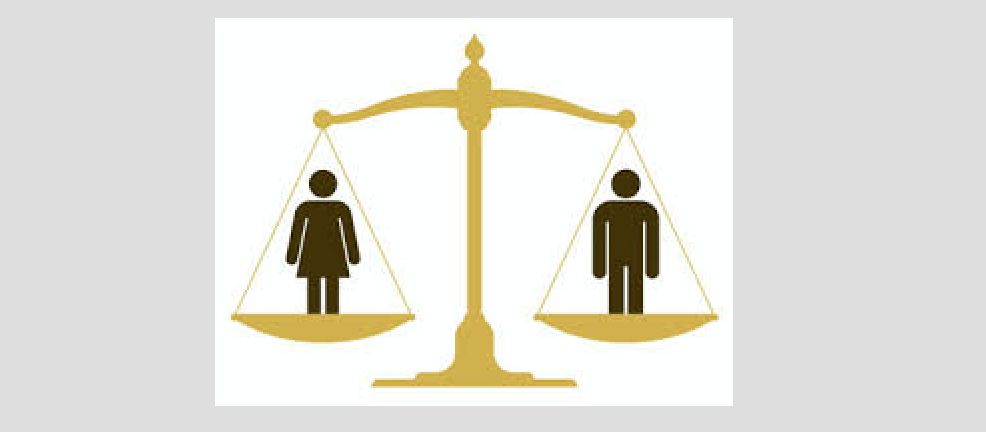As a law student, and particularly as an articling student, mentoring is an important part of our development. Mentors are there to help us through times of uncertainty, to teach us, and to pass on along their experiences. But what happens with mentorship once you are finished articling?
The prevailing idea is that the firm you work for as an articling student or as a new lawyer will informally mentor you; however, while that firm may teach you how to do the day-to-day work in a chosen area of law, there is no guarantee as to how much mentorship you will receive. With the billable hour still king, there may be a lack of time or manpower to mentor a new lawyer as they adapt to a challenging new career, particularly in areas such as the business side of how a law firm runs, skills to deal with clients, personal wellness, and work-life balance issues. Even experienced lawyers may need mentorship as they strike out on their own, or if they begin practicing in new areas of law. When you work alone, or you do not have a sufficient professional network to support you, where do you turn to for mentorship?
Law Society of BC Mentorship
In BC, the Law Society of offers continuing professional development (CPD) credits in hopes of fostering mentorship relationships within the profession. On their website, the Law Society explains their mentoring program as “lawyers with experience or expertise in a practice area or practice skill providing guidance or advice in support of the professional goals of another lawyer, or an articling student in another firm, who requests assistance.”
The Law Society itself must approve in advance a mentorship plan, which includes such things as the mentee’s specific development and learning goals, must encompass broad practice issues and skills, and that the parties plan to meet a minimum of six hours over the course of year with documentation of the time spent when the hours are complete. Mentoring plans that do not qualify for CPD credit include “client or business development, marketing or profit maximization, wellness or work life balance issues, or seeking advice on specific client files.”
But is it Enough?
These guidelines raise some concerns. To begin with, since the Law Society’s mentorship program is strictly volunteer, it is unlikely to fulfill the mentorship needs of all of its members. It is not only new lawyers that need mentorship; solo practitioners, experienced lawyers practicing in new areas of law, or lawyers starting their own firms may desire mentorship. While the CPD credits are a good attempt at incentivizing lawyers to become mentors, there may still be a shortage of mentors compared to the need.
Being on a volunteer basis also runs the risk of a lack of diversity among mentors offered by the Law Society. While the Law Society and CBA have somewhat addressed this in mentorship programs through the Women Lawyers Forum (WLF) and Aboriginal Lawyers Mentorship Program, a lack of mentors would be unlikely to match the diversity of the Law Society membership requesting mentorship. As discussed in class, the legal profession is having a problem retaining women and culturally diverse groups in its ranks, and having access to mentorship from lawyers in similar self-identified groups may be one solution to help keep them in the profession.
Finally, the Law Society mentorship plan has limitations on what areas of mentorship qualify for CPD credits. While newer lawyers may need assistance with broad practice issues and skills, I feel the law society is not fulfilling the mentorship needs of its membership by not allowing for CPD credit mentorship of non-legal areas such as business or client development, marketing, and wellness or work life balance issues. If, for example, you are a solo practitioner in a rural part of BC and need mentorship on how to run and develop your practice, where do you turn? While online courses may be offered by the Law Society in these areas, an experienced solo practitioner would be an invaluable mentor to these lawyers, and could only be a phone call away. If the Law Society is going to offer CPD credit mentorship to its members, shouldn’t it be encouraging mentorship in all areas of being a lawyer, not just practice issues and skills?
While the Law Society has endeavoured to ensure that lawyers in BC have some access to mentorship in their area of practice, it is currently still on the lawyers themselves to develop their own mentoring network that will fulfill all of their practice needs and questions. Networking has always been emphasized in law school as a way to find a job, but the true value of networking now may be the mentorship it provides later.











